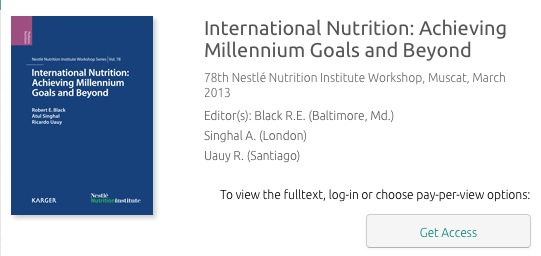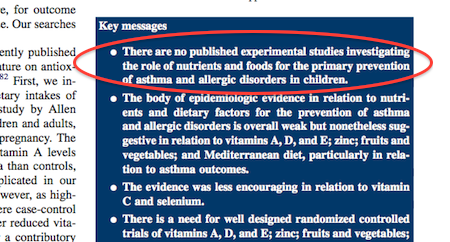After more than a century of research, the first successful clinical trial of an allergy risk factor has been performed. It looks like the authors even did not anticipate such an effect (known as triple blind design). But read what the Pubmed article about the Norizoe et al. paper says
To elucidate whether maternal vitamin D supplementation during lactation improves infantile eczema and other subsequent allergic disorders, a randomized, double-blind, placebo-controlled trial was performed.
Mothers (n=164) of infants with facial eczema at one-month checkup were randomly assigned to receive vitamin D3 supplements (n=82; 800 IU/day) or placebo (n=82) for 6 weeks from May 2009 to January 2011. The primary outcome was infantile eczema quantified by Scoring Atopic Dermatitis (SCORAD) index at the three-month checkup, and the secondary outcomes were atopic dermatitis, food allergy, and wheeze diagnosed by doctors up to 2 years of age.
There was no significant difference in SCORAD at 3-month checkup between two comparative groups. Doctor-diagnosed food allergy was significantly more common up to age 2 years in vitamin D group (10/39: 25.7%) than in placebo group (3/40: 7.5%; RR=3.42, 95%CI=1.02 to 11.77, P=0.030). Moreover, at least one secondary outcome was also significantly more common in vitamin D group (17/39: 43.6%) than in placebo group (7/40: 17.5%; RR=2.49, 95%CI=1.16 to 5.34, P=0.012).
These results suggest that vitamin D supplementation may not decrease the severity of infantile eczema at three months of age, but may rather increase the risk of later food allergy up to two years of age. Because a large number of subjects was lost to follow-up, further study is needed to confirm the findings.
Of course, there may be some weakness in the study design, a large loss to follow-up and the way how food allergy was diagnosed will be critized. I think, however, that this is a major breakthrough that raises the hope that we will finally understand how allergy develops.
Addendum Dec 23th, 2013
I should have added “true” risk factor, as there are positive trials on probiotics and atopic dermatitis. The meta-analysis by Lee immediately lead to a rebuttal
Their review fails to meet published standards for the quality of systematic reviews on several criteria, and this has led to inappropriate conclusions. […] These defects in methodologic rigor have led to an exaggeration of the clinical benefits of probiotics for eczema prevention.
The Cochrane Summaries are also negativ
There is not enough evidence to recommend using probiotics for the treatment of eczema.
Same situation with asthma
We found no evidence to support a protective association between perinatal use of probiotics and doctor diagnosed asthma or childhood wheeze


